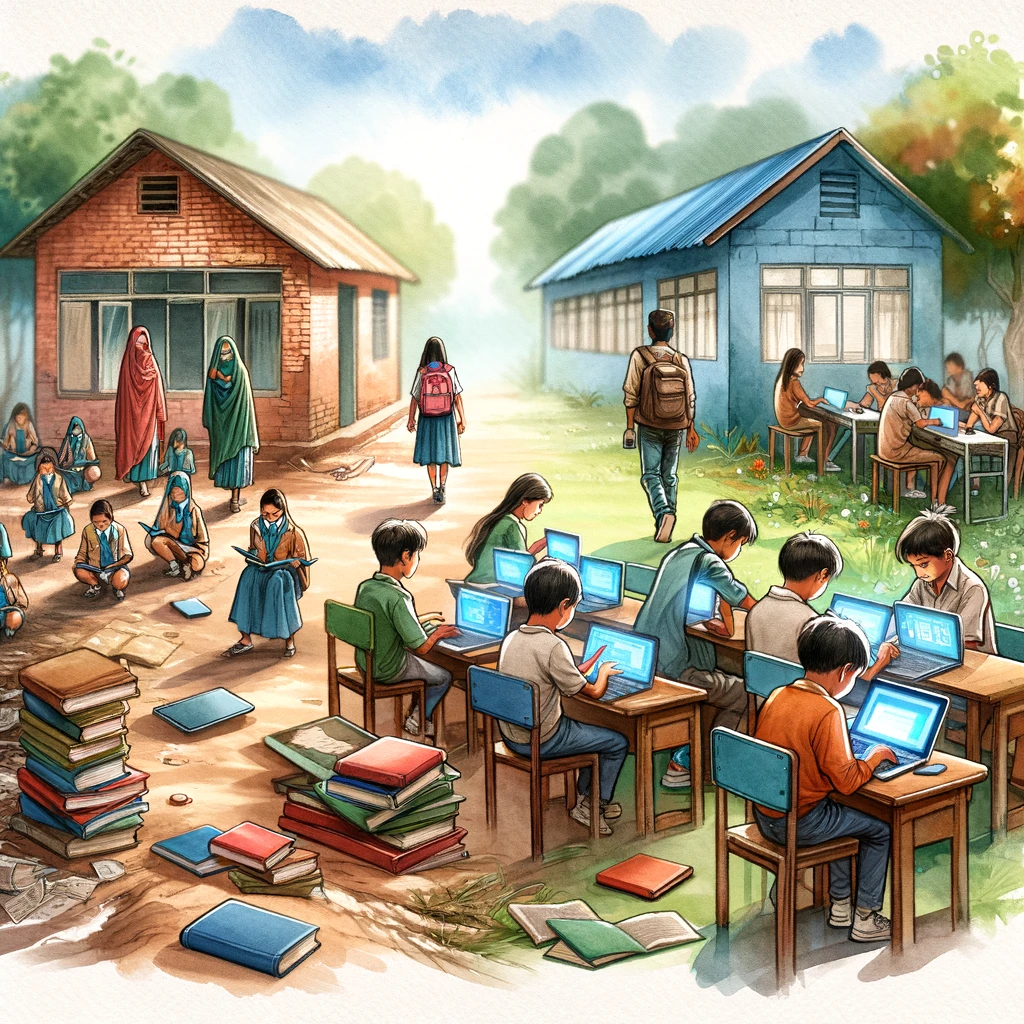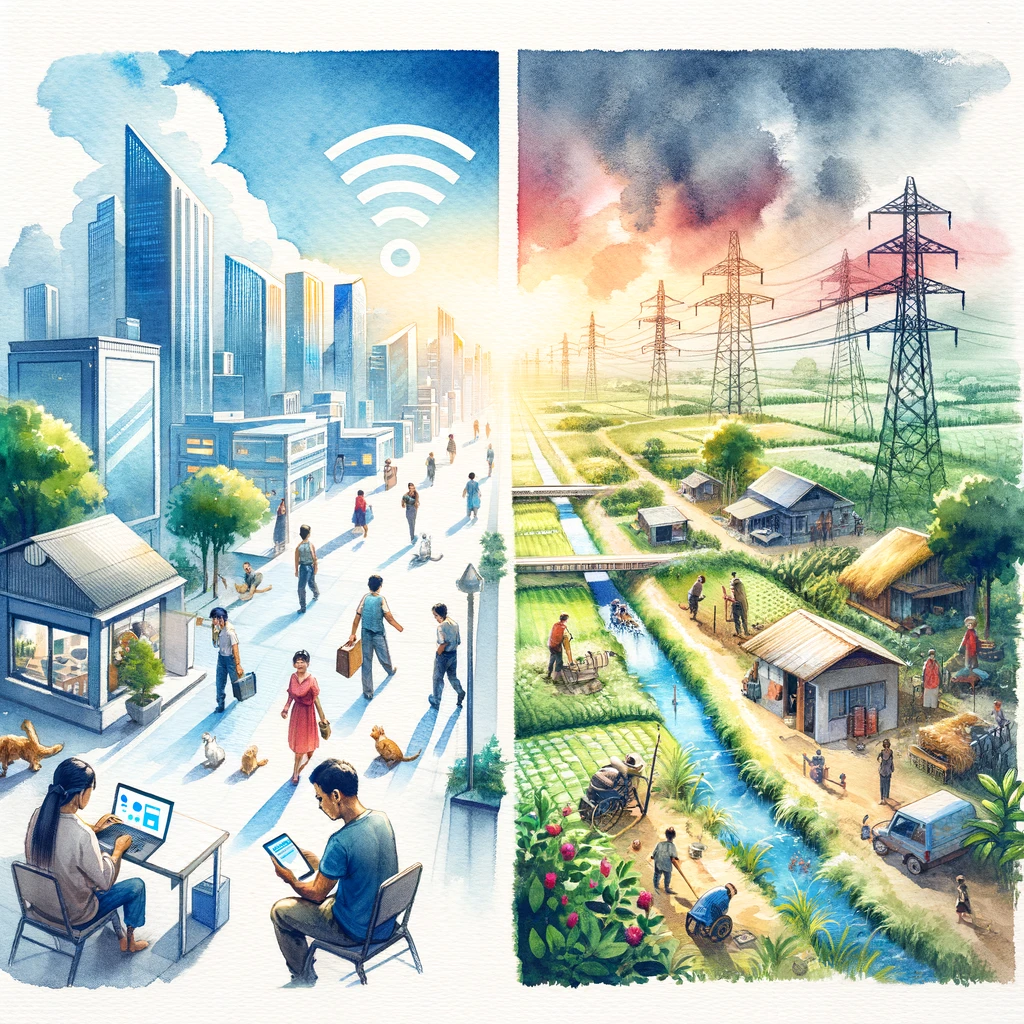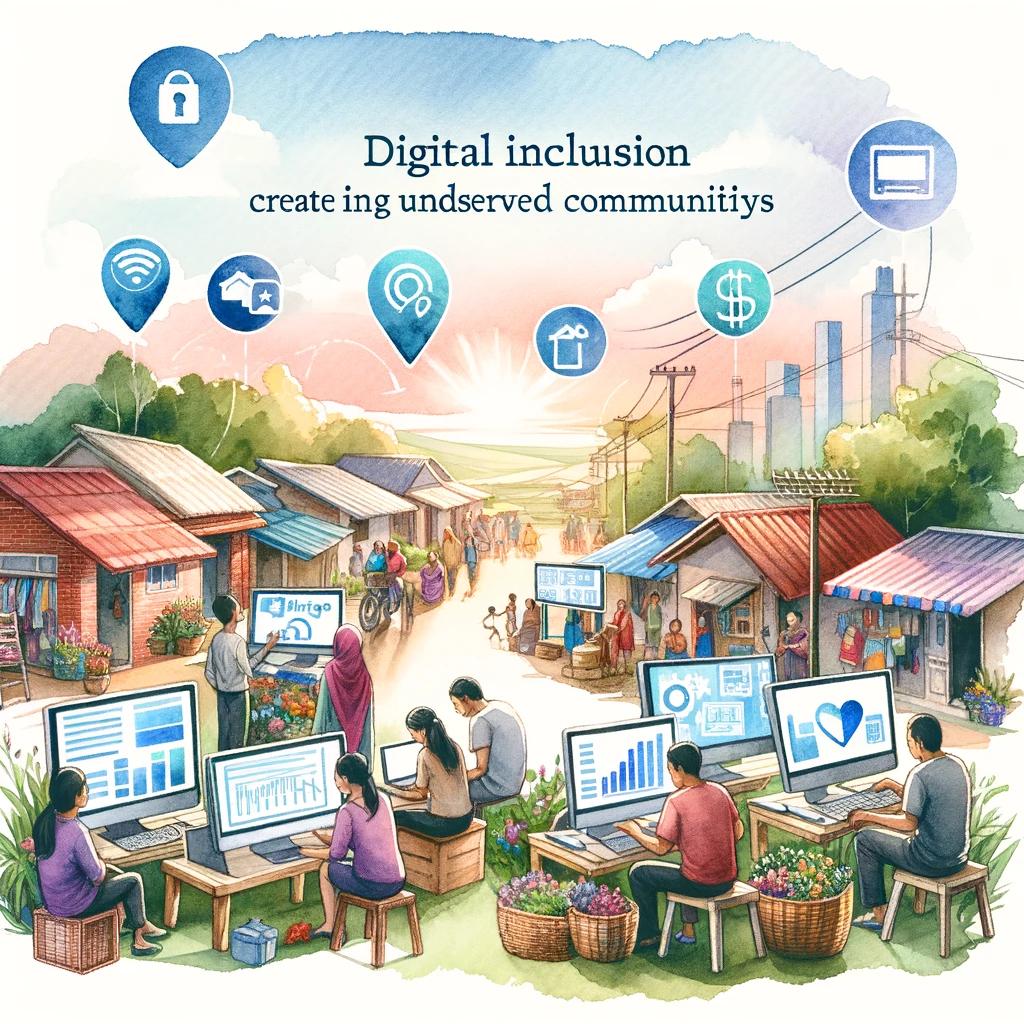Nowadays, science and technology have become essential tools that change the way we live, work, and communicate with our surroundings. Applications abound in almost all the fields of human activity: in health, education, transportation, and communication to name a few. As innovation pushes society further into advancing, then it’s most evident at this point how important Science and Technology can be thrust upon in shaping the economies and societies of nations. Indeed they have greatly improved the quality of life, but they bring along new challenges.
- With advancements in the fields of science and technology, over the years, better health has come through improved diagnostics, treatments, and telemedicine.
- The new technology in communication has linked together people worldwide, enabling them to share information more quickly and efficiently than ever.
- From trams and railways to cars, buses, airplanes, and trains, transportation systems have transformed, with Science and Technology promising safer, more comfortable, and more sustainable travel solutions.
- Education has taken a new twist with digital learning, where knowledge flows freely across borders and time zones.
Impact on Society, Innovations, Policy Framework
Science and Technology impact society by driving innovations and shaping industries. They influence policy frameworks, guiding regulations for sustainable development, ethical considerations, and equitable access to technological advancements.
Digital Divide and Social Inequality
The digital divide, or the gap between those who have access to modern information and communication technology (ICT) and those who do not, has been another issue that the country had to deal with. Already distinguishing factors based on social and economic realities between the citizenry are widened between the urban population and the rural population in this respect. It is thus essential to understand and attend to this for the purpose of fostering inclusive growth and ensuring that all citizens can benefit from improvements brought about by advances in digital technology.

Urban-Rural Disparities
Urban-rural disparities refer to the significant differences in infrastructure, services, and opportunities between cities and rural areas, affecting education, healthcare, economic growth, and quality of life in both regions.
Differences in Digital Access
- Infrastructure Gaps: Urban areas typically have better ICT infrastructure, including high-speed internet and mobile connectivity. In contrast, rural regions often suffer from poor connectivity due to a lack of investment and challenging geographical conditions.
- Access to Devices: Residents in urban areas have greater access to digital devices such as smartphones, computers, and tablets, which are essential for utilizing digital services. In rural areas, the high cost of these devices can be a barrier to access.
- Electricity Supply: Consistent electricity is necessary for operating digital devices. Urban areas generally have reliable power supplies, whereas rural areas may experience frequent power outages, limiting the use of ICT.
Impact on Socio-Economic Inequality
- Education: The lack of digital access in rural areas limits students’ ability to participate in online learning, which became particularly evident during the COVID-19 pandemic. This digital divide results in educational disparities and reduced opportunities for rural students.
- Economic Opportunities: Individuals in urban areas have better access to digital job platforms and remote work opportunities, widening the income gap between urban and rural populations.
- Healthcare: Limited access to telemedicine services in rural areas hinders the provision of timely healthcare, exacerbating health disparities between urban and rural residents.
Case Study: BharatNet
- Objective: BharatNet aims to provide high-speed broadband connectivity to all Gram Panchayats in India, bridging the urban-rural digital divide.
- Progress: As of 2022, BharatNet has connected over 150,000 Gram Panchayats, enhancing digital access for millions of rural residents and enabling the delivery of various digital services.

Impact on Education
The impact of Science and Technology on education has been transformative, improving access to learning resources, enhancing teaching methods, and fostering global connectivity, thus reshaping the educational landscape for students and educators alike.
Educational Disparities
- Access to Online Resources: Students in urban areas have better access to online educational resources, e-learning platforms, and virtual classrooms, which can supplement their learning. Rural students, on the other hand, often lack these opportunities due to poor internet connectivity and limited access to digital devices.
- Quality of Education: The digital divide affects the quality of education, with rural schools often unable to integrate digital tools and resources into their curriculum, leading to a gap in digital literacy and skills between urban and rural students.
Case Study: DIKSHA Platform
- Objective: The DIKSHA platform provides digital learning resources for students and teachers across India, aiming to bridge educational disparities.
- Impact: DIKSHA has made educational content accessible to millions of students, including those in rural areas, helping to reduce the digital divide in education.
Statistics
- Internet Access: According to the 2021 National Sample Survey, only 37% of rural households in India have access to the internet, compared to 66% of urban households.

Healthcare Accessibility
The ease of access to healthcare availability without undue delay for essential medical care to all people across the board and irrespective of income levels. Here’s the welcome news: technological progress in medicine bridged many gulfs, but stark differences between locations, particularly between urban and rural parts of the United States continue to persist.
Bridging Healthcare Gaps:
- Telemedicine: Digital health technologies such as telemedicine can provide remote healthcare services to individuals in underserved areas, improving access to medical consultations and reducing the need for travel.
- Health Information: Digital platforms can disseminate health information and raise awareness about preventive care, reaching remote populations that may lack access to traditional healthcare services.
Case Study: eSanjeevani Telemedicine Service
- Objective: eSanjeevani provides teleconsultation services to individuals across India, particularly targeting those in remote and rural areas.
- Impact: As of 2021, eSanjeevani had facilitated over 5 million teleconsultations, significantly improving access to healthcare for rural populations.
Statistics
- Healthcare Access: Only about 30% of rural Indians have access to basic healthcare facilities, highlighting the need for digital health solutions.
Economic Opportunities
Economic opportunities appear, and Science and Technology progress with employment and innovations while booming industries and their progress. On the contrary, unequal access to these technologies can even give birth to an increasing gap between developed and developing economies.
Job Creation and Economic Growth:
- Digital Inclusion: Expanding digital access in underserved communities can create new economic opportunities, such as remote work, digital entrepreneurship, and access to global markets.
- Skill Development: Digital literacy programs can equip individuals with the skills needed to participate in the digital economy, fostering job creation and economic development.
Case Study: Digital India
- Objective: The Digital India initiative aims to transform India into a digitally empowered society by promoting digital literacy and providing access to digital services.
- Impact: Digital India has created numerous job opportunities in the ICT sector and enabled millions of people to access digital services, contributing to economic growth.
Statistics
- Economic Impact: According to a World Bank report, a 10% increase in broadband penetration can lead to a 1.38% increase in GDP growth in developing countries.

Government Initiatives
Second, it focuses on initiatives that are believed to create development and growth by ensuring innovation, good infrastructure, and welfare for citizens. It also tries to solve problems regarding education, health, and the economy to build a more inclusive nation.
Reducing the Digital Divide
- BharatNet: BharatNet aims to connect all Gram Panchayats with high-speed broadband, improving digital access in rural areas.
- Digital India: The Digital India program focuses on providing digital infrastructure, services, and literacy to all citizens, with a particular emphasis on bridging the urban-rural divide.
Impact and Challenges
- Access and Affordability: Government initiatives have made significant strides in expanding digital access, but challenges remain in ensuring affordability and quality of services.
- Digital Literacy: While infrastructure is essential, improving digital literacy is equally important to enable individuals to effectively use digital tools and services.
Case Study: Pradhan Mantri Gramin Digital Saksharta Abhiyan (PMGDISHA)
- Objective: PMGDISHA aims to make 60 million rural adults digitally literate, empowering them to participate in the digital economy.
- Impact: The program has trained millions of individuals, helping to bridge the digital divide and promote inclusive growth.
Statistics
Digital Literacy: As of 2020, only about 32% of the Indian population was digitally literate, underscoring the need for continued efforts in digital education.
Conclusion
The digital divide poses significant challenges to social and economic equality, particularly between urban and rural populations. Addressing this divide is crucial for ensuring that all individuals can benefit from digital advancements, improving access to education, healthcare, and economic opportunities. Government initiatives like BharatNet and Digital India are making important strides in bridging this gap, but ongoing efforts are needed to expand digital access, enhance digital literacy, and promote inclusive growth.
| Science and Technology UPSC Notes |
| 1. Science and technology are crucial in driving economic growth, innovation, and societal development, making them essential topics in UPSC preparation. 2. India’s advancements in space technology, such as ISRO’s successful missions, showcase the country’s leadership in space exploration and satellite technology. 3. Developments in artificial intelligence (AI), machine learning, and blockchain are transforming various sectors, enhancing efficiency, and creating new opportunities for governance. 4. Biotechnology and genetic engineering advancements are playing a significant role in healthcare, agriculture, and environmental conservation in India. 5. India’s renewable energy technologies, such as solar and wind power, are vital in addressing climate change and fulfilling sustainable development goals. 6. The Indian government’s policies, including Digital India and Make in India, encourage innovation and technology-driven solutions to boost infrastructure and manufacturing. 7. Cybersecurity has become a critical focus in India’s national security due to increasing threats in cyberspace and the growing dependence on digital technologies. 8. Scientific research and technological innovations are fundamental to improving sectors like agriculture, healthcare, and defense, making them key areas in India’s development strategy. |


